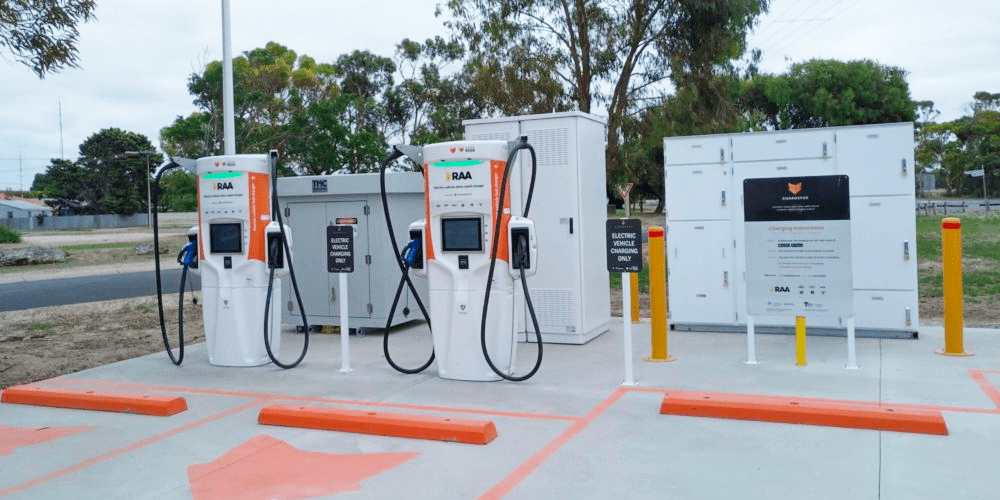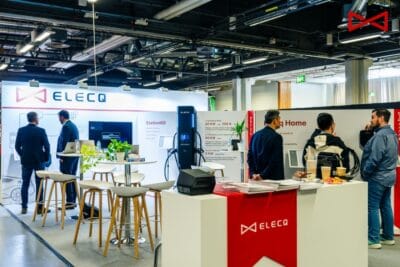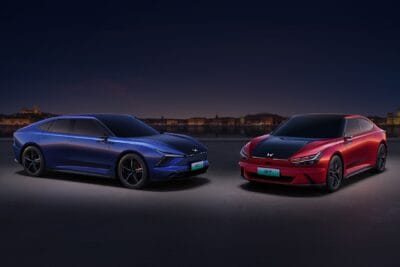Australia reveals Future Fuels & Vehicles Strategy
The Australian government has presented its Future Fuels and Vehicles Strategy, which provides for 250 million Australian dollars of investment in electric transport. The largest part is to flow into the expansion of electric car charging infrastructure and the establishment of hydrogen filling stations. However, there will be no direct purchase incentives.
+ + Kindly see our update below + +
The total investment of 250 million Australian dollars (AUD) is equivalent to 160 million euros. Of this, 178 million AUD or 114 million euros are to flow into the charging and hydrogen infrastructure. Currently, according to the Electric Vehicle Council, there are only about 3,000 public charging points in the whole of Australia. A funding programme to build 403 fast chargers was already launched in July – the first round of the Future Fuels Fund.
With this financing now announced, the Future Fuels Fund also wants to improve the coverage with fast-charging stations in sparse rural areas. Now, 1,000 public charging stations are to be built in collaboration with private companies. In addition, funding for charging points at 400 companies and in 50,000 households has also been announced without revealing further details. There are also no details about the expansion plans for hydrogen filling stations, however, the Australian government states that the Department of Industry, Science, Energy and Resources (DISER) is completing a National Hydrogen Infrastructure Assessment to identify hydrogen infrastructure rollout priorities. One would presume this is targeted at Australia’s vast distances between cities (one of which, Perth, is in fact the world’s most remote city) specifically also regarding heavy-duty trucking and logistics where the higher energy density of hydrogen fuel cells is considered more optimal than battery electric vehicles. Here, independently of the above-announced measures, Hyzon Motors aims to build the Australian state’s first major renewable hydrogen supply chain.
In other parts of the Australian Federal government’s strategy, the aim is to support fleet operators with the electrification of their fleets with AUD 72 million or 46 million euros. Concrete targets for state fleets have not been announced. There are no plans for purchase incentives for private buyers of electric cars. A politically imposed end date for vehicles with combustion engines is also missing from the strategy.
According to Prime Minister Scott Morrison, who is famous for his support of fossil fuels, this is “an Australian way” to reduce emissions in the transport sector. “We will not be forcing Australians out of the car they want to drive or penalising those who can least afford it through bans or taxes,” Morrison said. “Instead, the strategy will help drive down the cost of low- and zero-emission vehicles.” Exactly how the described measures will drive down the cost of electric vehicles is not clear.
With the strategy, the Canberra government says it is aiming for battery-electric vehicles or plug-in hybrids to account for 30 per cent of annual sales of new passenger cars and light commercial vehicles by 2030. CO2 emissions from transport – the country’s third-largest source of CO2, according to Reuters – are to be reduced by more than eight million tonnes by 2035.
According to media reports, industry groups and environmental activists believe this is impossible with the measures that have just been announced. To promote the sale of clean cars, they say, rebates and tax breaks are needed as well as regulations that limit the CO2 emissions of vehicles.
On the ground, Australian’s are finding that their state governments are making up for the deficits of their federal government. This also seems to be the case with the transport transition. New South Wales is rolling out infrastructure and offers $3,000 rebates for the first 25,000 EVs sold in the state as well as exemptions on stamp duty. NSW and Victoria are both planning for 50% of new cars sold to be EVs by 2030, Western Australia has begun to build an electric highway, while Tasmania plans for 100% of new cars by 2030. Despite the potential for abundant renewable energy in Australia, the country faces some big challenges for its transport transition with low population densities in sprawling cities and with vast distances between cities as well as many isolated rural communities.
Update Wednesday 10 November 2021:
No sooner said than done: Now indeed the first state government is already picking up the pace with their own incentives just a day after the announced federal strategy. The Australian state of New South Wales has just announced $105 million in new incentives for businesses that purchase electric vehicles for their fleets under the state’s Electric Vehicle Strategy. A range of savings will now be on offer with the NSW Government-led initiative, such as rebates on all eligible EV purchases after 1 September 2021 as well as stamp duty waivers. With additional incentives in charging infrastructure adding up another $171 million AUS, the NSW Government is now contributing a total of $276 million – more than the federal government’s strategy for the transport transition for the whole country.
reuters.com, theguardian.com, gov.au (announcement), gov.au (summary), gov.au (details on infrastructur), gov.au (details on fleets), update: thedriven.io, nsw.gov.au





1 Comment